Meet Leah Liu | Artist


We had the good fortune of connecting with Leah Liu and we’ve shared our conversation below.
Hi Leah, have there been any changes in how you think about work-life balance?
In the first two, three years of my undergraduate studies, I worked almost without pause, pushing myself through endless days and nights, rarely resting, rarely giving time to friends or to joy. Looking back, that way of living feels narrow and unsustainable, a kind of self-imposed isolation. By my fourth year, I began to loosen my grip, to find a rhythm. I realized that overwork did not bring me closer to myself. It only left me disoriented, unsure of what I truly wanted, unsure of how to live as a human being moving through ordinary days.
The greatest shift came after graduation. For the first time, I had no external structure, no assignments, no deadlines, no one telling me what to do. The freedom that granted me with countless choices was also hollow, leaving me adrift with no anchor, no scaffold to hold on. In those first months in New York, I struggled beneath the weight of that freedom. I had no job, structure, nor community in an unfamiliar city, and the days and the days stretched on endlessly, shadowed by self doubt. Yet it was within that space of uncertainty that the questions I had long avoided finally rose up to meet me: what kind of life do I want to live, what kind of person I do wish to become, how, and with whom do I want to spend the time with that shapes my days.
I set myself two simple goals: to continue my studio practice, my work, and to learn DJing, my play. Nurturing my friendships also remained a priority, for these friends have always stood beside me,helping me grow as I entered this uncertain passage into adult life. The two practices offered very different experiences. DJing gave me joy and focus, a sense of flow in which I could lose myself and let time slip away.
My studio work was more difficult during that time. I often struggled without the facilities, structure, or peers I had in school, and sometimes even doubted my faith in making. I doubted whether my passion was honest as I struggled to make work in solitude of my studio. I doubted whether anyone would see my work, or if it would end up in the trash yard since storage space was limited. I even doubted whether the doubt itself was authentic enough, or only a sign that my passion for art was not steady enough, not strong enough, to carry me through. But reaching out to my mentor and receiving a thoughtful response reminded me that the sheer joy of making had never left me, even in the quietest moments of doubt. I felt fortunate to have that. Fortunate to have two practices I could return to, lose myself in, and hold tight like companions through the unfolding days of my life.
A twelve-day residency in Maine became a turning point. Surrounded by the quiet of nature, the warmth of good food, laughter, and community, I realized how much I needed not just work, but also rhythm and nourishment. I made a quiet promise to myself: to shape gentle rhythm, to live fully and attentively. Returning to New York, I carried those lessons in every step: waking early to meet the morning, planning with intention, and committing myself to both practices, and every small corner of my life, with curiosity and care.
Uncertainty remains a big part of my life, yet I have come to see my practices as gifts, spaces I can enter with joy, no matter how long they last. I see my friends as blessings, ever present during difficult moments, and all the moments shared with them fills my heart with warmth and love. Balance, for me, is no longer about overworking or escaping. It is about making a rhythm where work, play, and relationships breathe together, where each day offers space to grow and to feel gratitude.
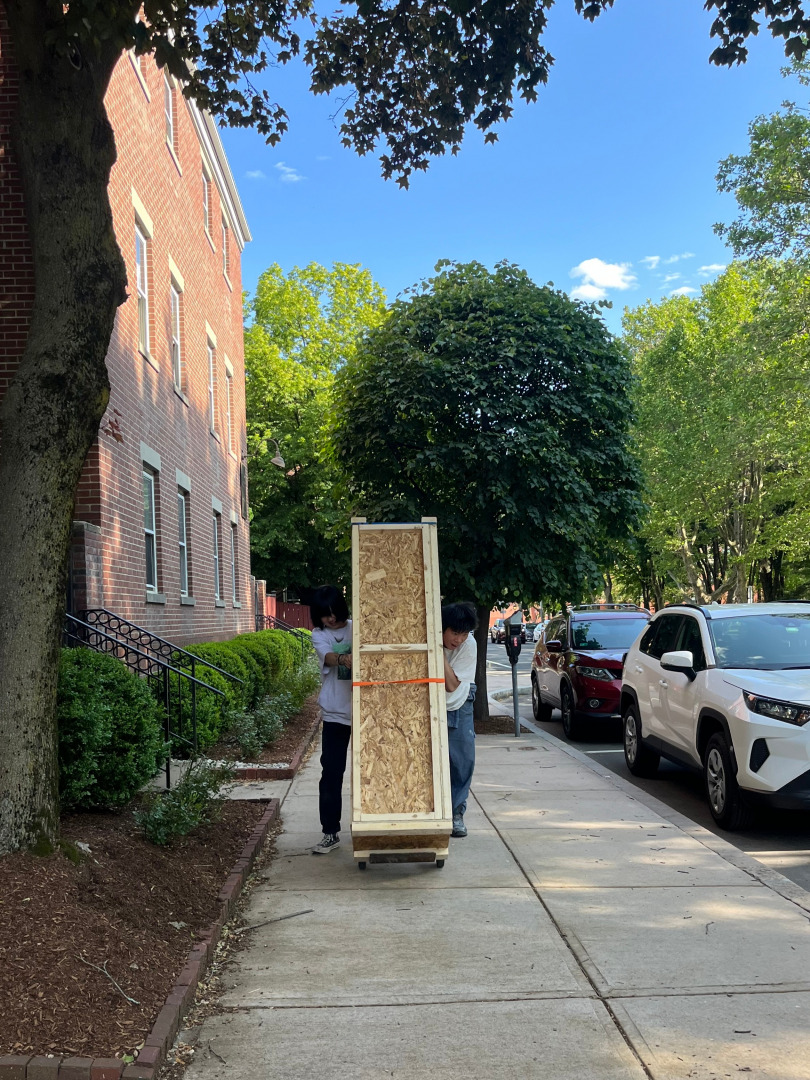

Alright, so let’s move onto what keeps you busy professionally?
My journey as an artist can be traced back to my final year of high school, when COVID hit and I had to stay at home in Beijing, attending Zoom classes while preparing my portfolios. During that time, I began to connect with Beijing’s art community in the Hutongs. I often went to a café called Wujin to meet my portfolio teacher. The café was run by an artist couple, open only on weekends, with a single counter and kitchen space, yet filled with people from the creative industry having their breakfast.
The predecessor of Wujin was Jianchang, also a small Hutong space where the owners invited artist friends to exhibit their works in the display window, limited by the tiny space. Located in a Hutong, it often drew the attention of local residents, who would pass by and peer inside with curiosity or confusion. Unlike the white-cube gallery, this dialogue between the artists and the street intrigued me deeply.
The small space was brimming with creative energy and warmth. Self-published artist books lined the shelves behind the kitchen counter. I would talk with the people there, get to know their practices, help with events, cook alongside them, and watch them build their own Sunna or curate small exhibitions in DIY-renovated houses. Through these experiences, I became interested in art, music, and the ethos of DIY. For me at that time, art was more a social practice, a way to gather, to offer space, to share ideas, and to work alongside others in camaraderie.
Later, I went to the RISD to study sculpture. Before college, I knew very little about sculpture, and even now my understanding is always unfolding, always evolving. I enjoy seeing myself remain curious, in trying to use language to capture how I feel and think about this medium, even though my words often fall short for the full experience and the effect. Each time I make, experiment, see works, or talk with other artists, new understanding emerges. Exchanges with other artists always lead me to learning, fueling my energy. I feel a constant excitement, as ideas continually arise in my mind, and my hands and thoughts become intimately connected with materials.
I arrived in the art field through sheer insistence. I think of myself as a stubborn person, and I know I still have a long journey ahead. A career path in fine art can often be seen as an unstable profession. Income is unpredictable, materials and studio spaces are costly, and its rewards unpredictable and success is never guaranteed. The world has complex and often arbitrary ways of determining which artists are considered successful, favoring only a small fraction of practitioners.
I have only recently left school, but I am determined to continue, and pull harder. There are still so many realms I want to explore in my practice, and I feel a deep urge to experiment. I am intensely curious to see how they will manifest in reality. Art triggers this excitement in me, and I love seeing myself immersed in the process. My stubbornness drives me to persist, to push further, and to grow slowly and patiently. It is the proper way for me to dive into that unknown, questioning and discovering both the world around me and myself.
Fortunately, I see a supportive environment for artists around me. Being a commercial artist and producing sellable work is not the only way to sustain a practice. There are residencies with financial aid, grants for artists at every stage, and a community that values friendship, learning, exchange, and mutual support.
The heaviest and most recent challenge came after leaving school. I remember writing a letter to my mentor saying that: “In school, we are taught technical skills and theory, but no one really prepares us for how to be an artist after graduation—how to find purpose and joy in making when we are no longer surrounded by peers, critiques, and structure. I miss that sense of community, of having people to move forward with. Now it is just me, sanding fiberglass alone in the heat, covered in epoxy, fiberglass, and silica dust, tired and wondering what exactly I am doing and why.” Even now, I do not have a clear answer to that question, but a mixture of joy, stubbornness, and my mentor’s words helps me find my way back. I no longer dwell on purpose in the same way, and perhaps I do not need it to drive my practice. The act of making itself, the process of seeing something take form, materialize, and holding it in my hands, is deeply intimate and profoundly rewarding. Perhaps I am a little selfish in wanting to share that with others, but I have seen so many works that moved me, and I am eager, more than ever, to see how my hand unfolds things.
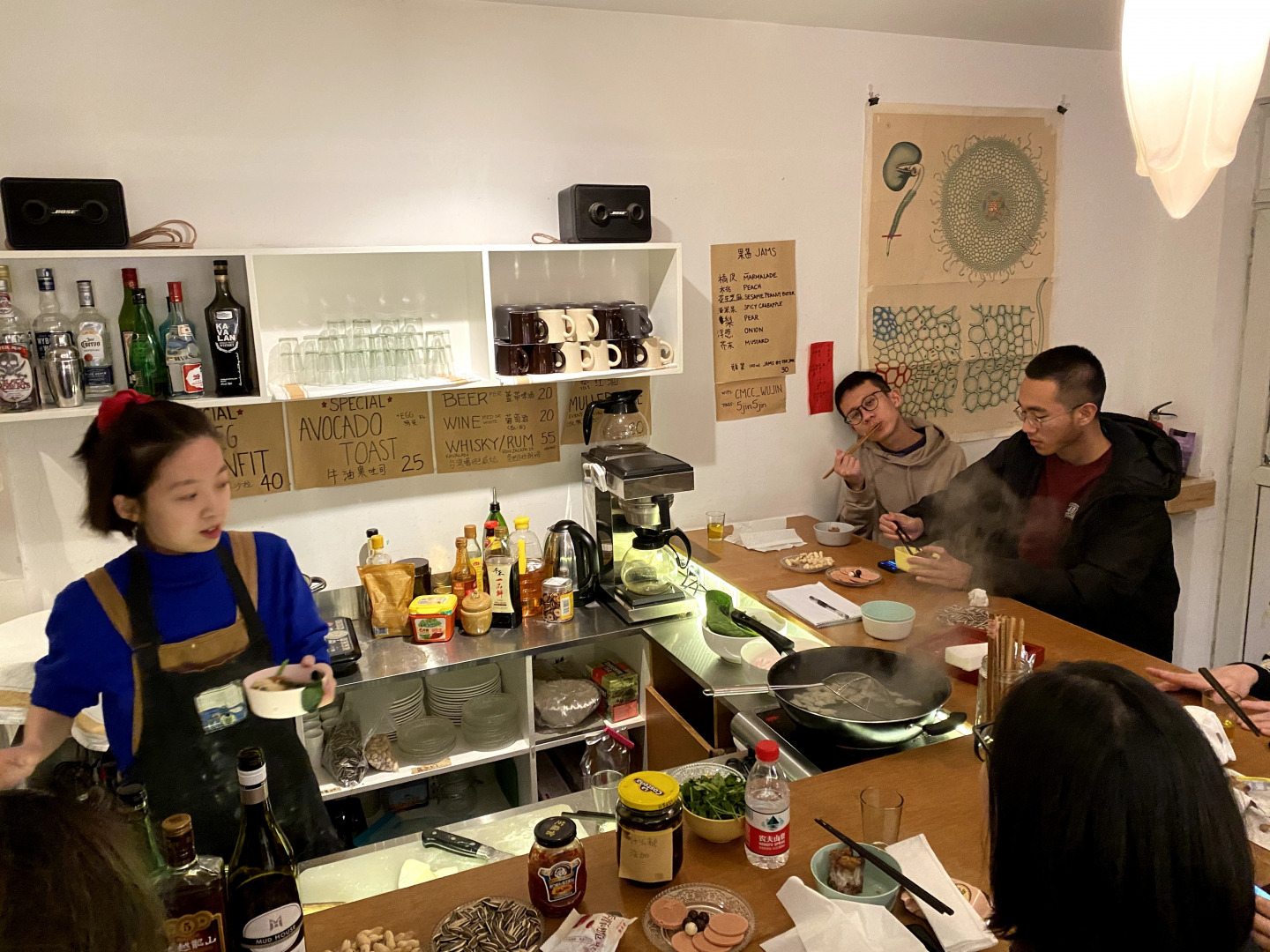
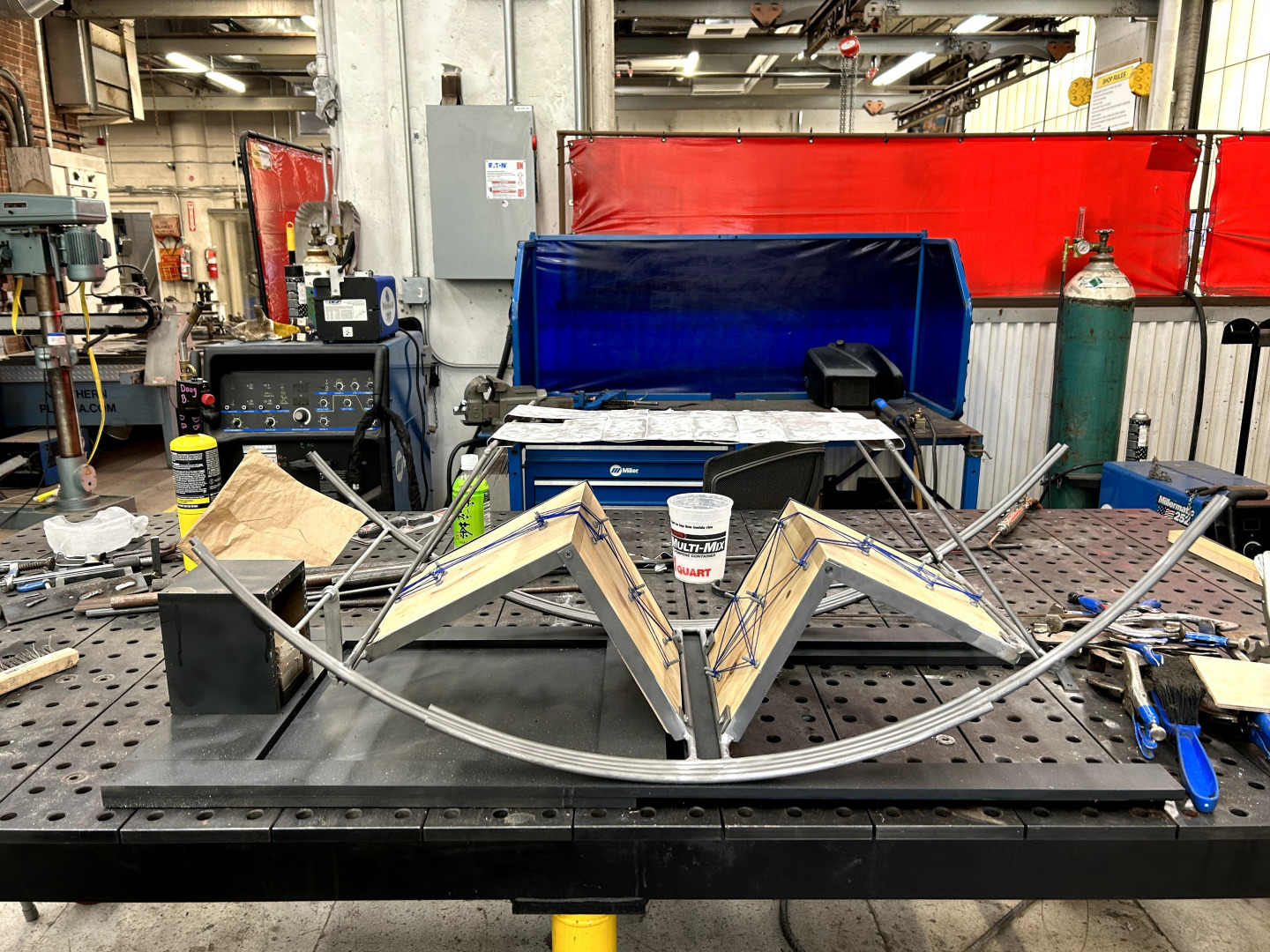
Let’s say your best friend was visiting the area and you wanted to show them the best time ever. Where would you take them? Give us a little itinerary – say it was a week long trip, where would you eat, drink, visit, hang out, etc.
Providence is a small and quiet city where even the wind blows with tenderness. A day here can unfold like a soft exhale, filled with simple beauty. I would start the morning at Lewis Family Restaurant, a cozy diner where the walls are dressed with vintage posters and warm chatter drifts from booth to booth. The staff always greets you like an old friend, and the food carries that comforting, timeless flavor of an American breakfast done right, eggs, pancakes, coffee poured with care. From there, we’d take a gentle walk toward the Providence River, following the curves of the city bridge where water reflects the morning light. We’d sit by the riverside for a while, reading or talking, letting the rhythm of the city settle around us like a hum beneath the wind.
In the afternoon, we’d wander over to Riffraff Bookstore, one of my favorite corners of the city. It’s a place where you can lose hours among shelves that feel lovingly curated, their staff picks are always on point, and the air hums with the quiet presence of others who come to read, write, or just breathe among books. There’s a small café tucked inside, and we could sip tea while flipping through pages or catching the cadence of a reading event if one happens that day. As the afternoon leans toward gold, we’d make our way up to Prospect Terrace, where the city stretches below like a patchwork of red roofs and shimmering river. Watching the sunset from there feels like watching Providence reveal its heart, slow, glowing, intimate.
For dinner, we’d go to Palo, a restaurant that feels alive with warmth and conversation. The atmosphere is soft but vibrant, the lights low, the tapas arrive one after another, each a small celebration of flavor.There’s something communal in the way the plates are shared, laughter and stories passing between them. Afterward, we’d end the day the way it began, by the Providence River, walking along the water as the night settles in. The air would be cool and fragrant, the reflections of streetlights trembling gently on the surface. Maybe we’d stop for local ice cream near the riverbank, watching the stars appear one by one. In that quiet moment, as the night hums softly and the river shimmers with city light, Providence feels just like home.
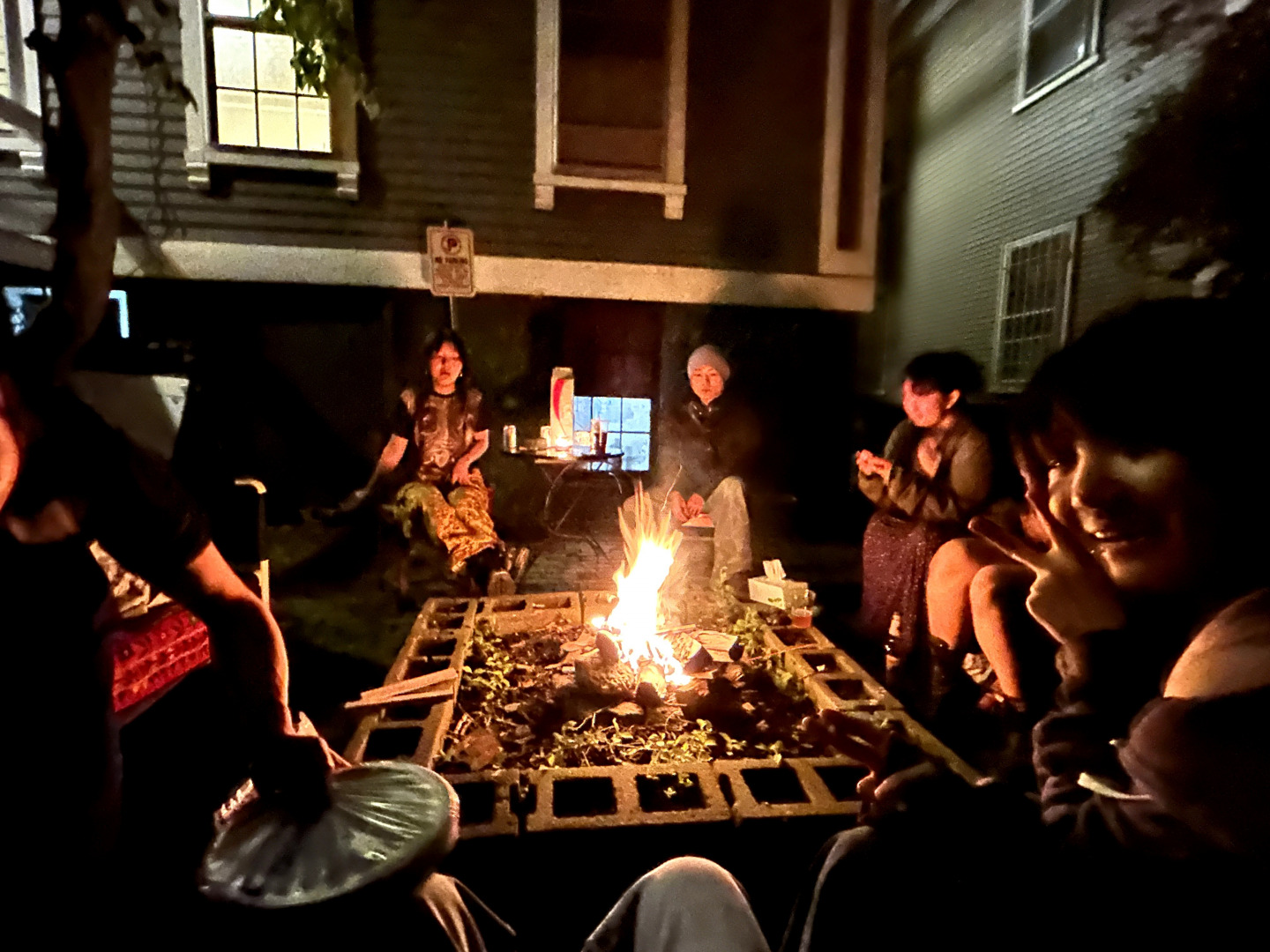

Who else deserves some credit and recognition?
I want to give my deepest thanks to the friends, mentors, and companions I met at RISD. They are the ones who taught me what love and fellowship means, the lessons that stayed long, long after the projects and critiques.
Looking back, knowledge itself never feels like the point of that journey. What stays with me is the growth, the way we became who we are through one another. There were small, luminous moments, threaded together with cheer and sorrow, struggle and support, that continue to linger: long nights in the studio, the rhythm of work broken by roaring laughter and the occasional tear; ridiculous jokes shared during smoke breaks after long critiques that lifted us through exhaustion; the way we carried each other’s work, both in our hands and in our thoughts make the often solitary, and sometimes selfish act of making art never truly alone. There were the sincere conversations with mentors who, in moments of doubt, would sit beside me, listening with patience and care, guiding me gently back to myself, my curiosity, and the courage to keep going.
Last night, after a long day at the art fair and taking down a show, I found myself on the subway, exhausted, hungry, and frustrated. The train was delayed again. The air in the station was unbearably thick. I felt that familiar spiral begin as the mind turning inward, the small self expanding in irritation.Then I remembered David Foster Wallace’s This Is Water, a commencement speech my sophomore studio professor had putted in one of the random location of our shared folder, which I stumbled upon years ago and have returned to ever since. Standing there on the platform, I thought again about what he called our “default setting,” that quiet, self-centered lens that narrows the world around us. It is so easy, especially in moments of exhaustion, to fall back into that perspective, to forget that others are just as alive, as complex, as weary and full of longing as we are. In that moment, I realized how much everyone I met at the school taught me to see beyond myself, and how vital it is to carry that attentiveness, care, and compassion into the ever-unfolding web of relationships that awaits beyond school.
Every memory that lingers from my time there is a relationship with those I worked beside, learned from, laughed with, embraced, and spoke with through nights. Companionship, generosity, and shared curiosity became the capital T Truth, the foundation upon which my beliefs continue to grow. I learned them not from any formal lesson, but from the people around me, from the shared moments that bound us within our intricate and entangled relationships. I truly believe in the kind of love that lives within our entanglements, the weave of care and closeness that holds us together. So thanks to those loved ones, who keep me bound in that knot.
Website: https://leahliuyutong.net/
Instagram: @leahliu1111
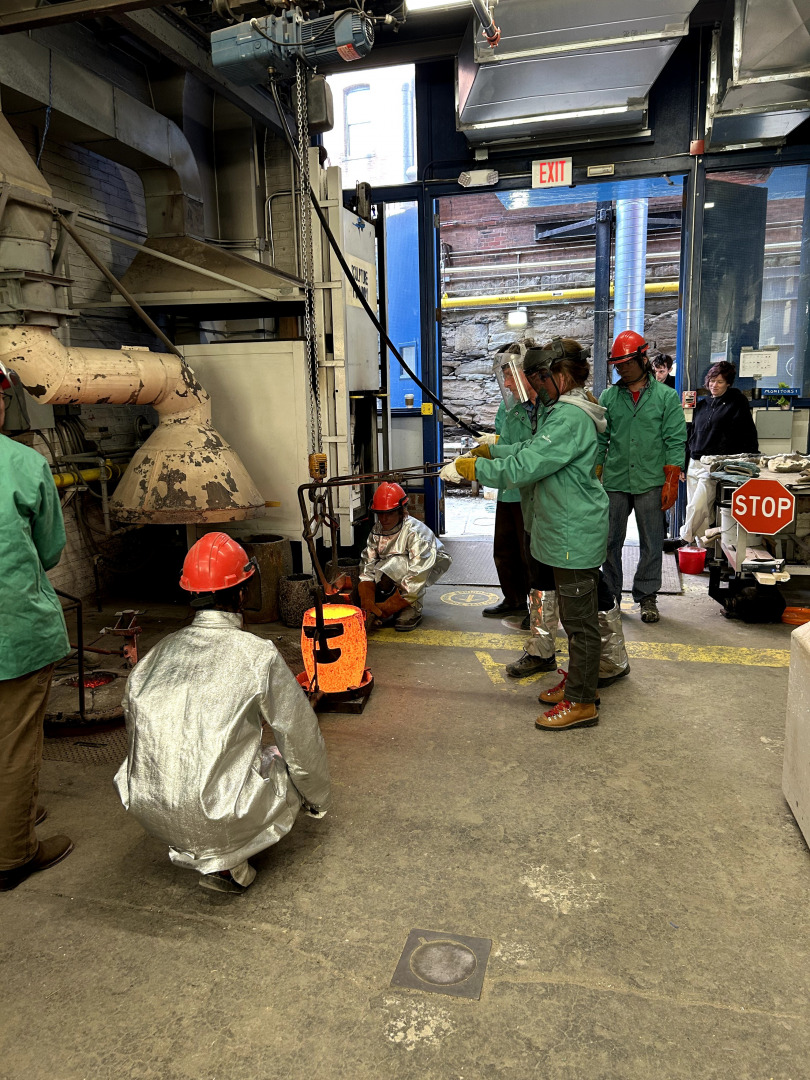
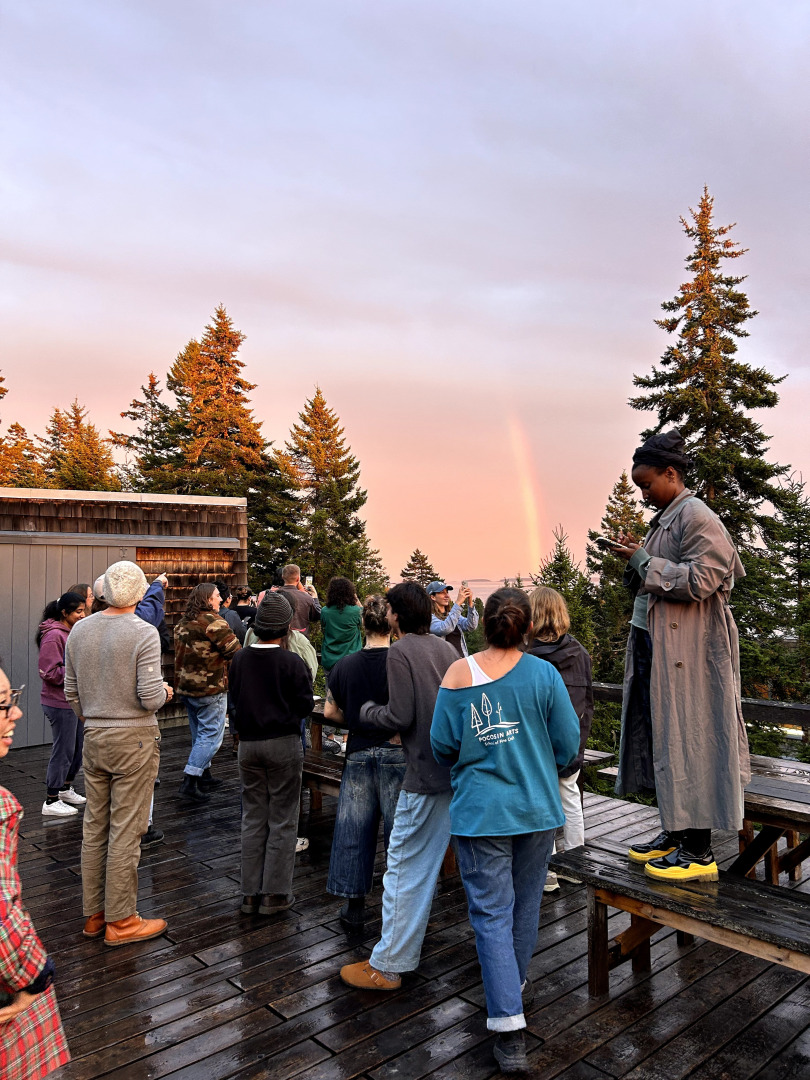
Image Credits
Zhu gaocanyue and Ruyi
